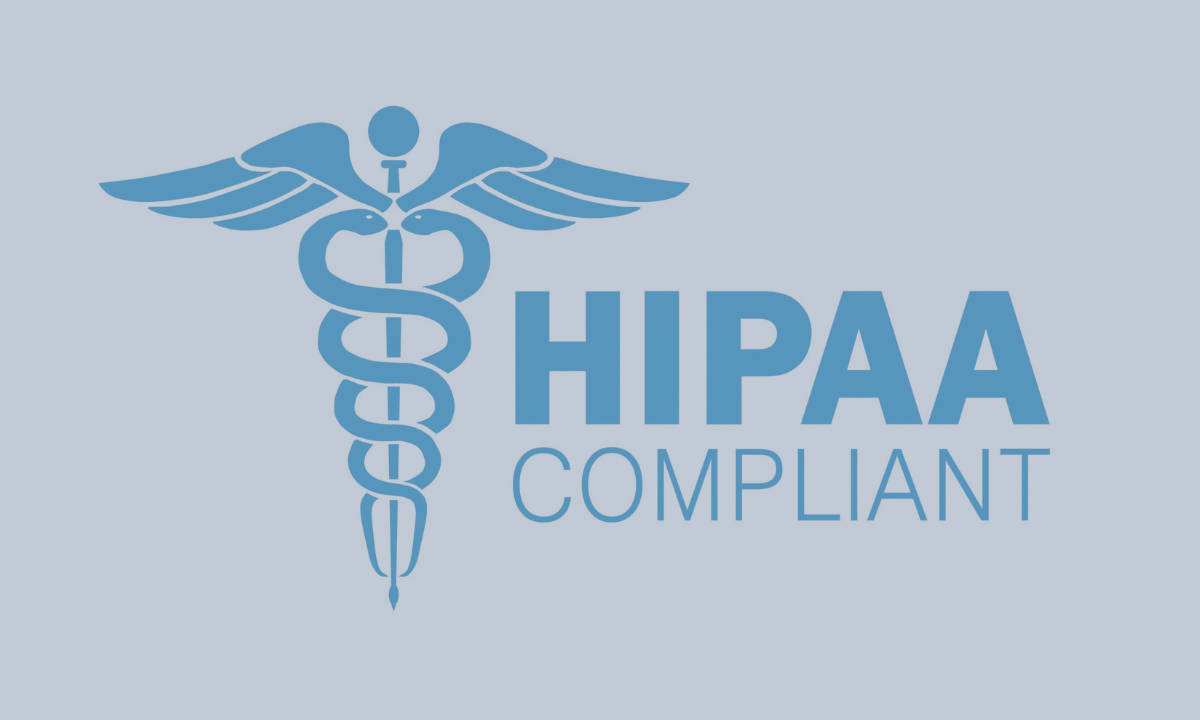Estimated reading time: 5 minutes
One method healthcare providers use to connect with their patients is by sending appointment reminders. The challenge then becomes ensuring those reminders align with the requirements spelled out in the Health Insurance Portability and Accountability Act (HIPAA). There’s good news for healthcare providers: automated HIPAA-compliant appointment reminders are now available in Apptoto. This allows providers and patients to communicate important appointment information and save time while maintaining HIPAA compliance. Appointment reminders are an excellent method for minimizing missed appointments, which helps both doctors and patients. The following article will define HIPAA and help you understand how these appointment reminders can maintain compliance.
What is HIPAA?

Enacted in 1996, HIPAA is a federal law protecting patients’ personal and medical information privacy. HIPAA sets standards for using and disclosing critical patient data. It requires covered entities such as healthcare providers, insurance companies, and their business associates (billing companies, transcription services) to safeguard this information.
What Information is PHI (Protected Health Information)?
Any identifiable health information transmitted or maintained in any form or medium is Protected Health Information (PHI). This includes information such as:
- A patient’s medical history
- Diagnosis
- Treatment plans
- Test results
A patient’s demographic information (name, address, and date of birth) is also considered PHI if linked to their medical records. PHI is crucial to patient privacy and confidentiality, as it contains sensitive and personal information that can significantly affect an individual’s healthcare and overall well-being. HIPAA protects PHI from unauthorized access, use, and disclosure and gives patients control over how their information is used and disclosed. PHI is essential for the proper functioning of the healthcare system, as it enables healthcare providers to deliver quality care to their patients. However, it is also essential to ensure that PHI is used and disclosed appropriately and in accordance with HIPAA regulations.
The HIPAA Privacy Rule places more control in the hands of the patients and limits how patient health records can be used. This Rule puts much-needed safeguards in place to ensure trusted entities protect patient data. Covered entities must follow HIPAA guidelines when using, disclosing, or transmitting PHI. This includes obtaining patient consent when disclosure is medically necessary and implementing appropriate security measures to protect the confidentiality of the information.
Failure to comply with HIPAA regulations may lead to significant legal and financial penalties for covered entities.
What is HIPAA-Compliant Texting?
Texting patients is a crucial component of provider communication. But how can providers do it safely?
HIPAA-compliant texting refers to the use of texting for communication about a patient’s healthcare while maintaining HIPAA compliance. This means that businesses must encrypt any text messages they send so that they protect the privacy of their patients’ information. Protections must also be in place to prevent unauthorized access to the messages. HIPAA requires covered entities to obtain patient consent before using or disclosing PHI for treatment, payment, or healthcare operations, including communication via text message.
HIPAA-compliant texting is different from HIPAA-secure SMS texting, which refers to the use of Short Message Service (SMS) texting for communication about a patient’s healthcare while maintaining HIPAA compliance. SMS texting is a form of text messaging that is transmitted over a cellular network using a phone number, while HIPAA-compliant texting can also be transmitted over the internet using a messaging app. Both HIPAA-compliant texting and HIPAA-secure SMS texting require encryption to protect the confidentiality of PHI. However, HIPAA-compliant texting may offer additional features and security measures beyond those required for HIPAA-secure SMS texting.
How Do I Send HIPAA-Compliant Text Messages?
There are several ways for providers to compose and send HIPAA-compliant text messages. One option is to use a secure messaging app designed for healthcare communication that is compliant with HIPAA regulations. These apps often have features such as end-to-end encryption and the ability to set expiration times for messages to ensure that PHI is not accessible to unauthorized individuals. Another option is to use a secure text messaging platform provided by a HIPAA-compliant texting service. The service will typically handle the encryption and other safeguards required for HIPAA compliance. These platforms allow healthcare providers to communicate with patients via text while maintaining HIPAA compliance.
HIPAA-Compliant Texts Must Be Able to Provide Safeguards
It is important to note: simply using an encrypted texting app or service is not enough to ensure HIPAA compliance. The app or service must also have measures in place to protect against unauthorized access to the messages. This includes adding another layer of security measures, such as logging and auditing to track access to messages and implementing the ability to wipe messages if a device becomes lost or stolen remotely. Overall, HIPAA-compliant text messages provide a secure and convenient way for healthcare providers and patients to communicate important appointment information. Using a secure messaging app or service, healthcare providers can confidently use texting to improve patient communication. If you’re looking for an appointment solution that is HIPAA-compliant and automated to optimize convenience, look no further than Apptoto. Try us for a free 14-day trial.





